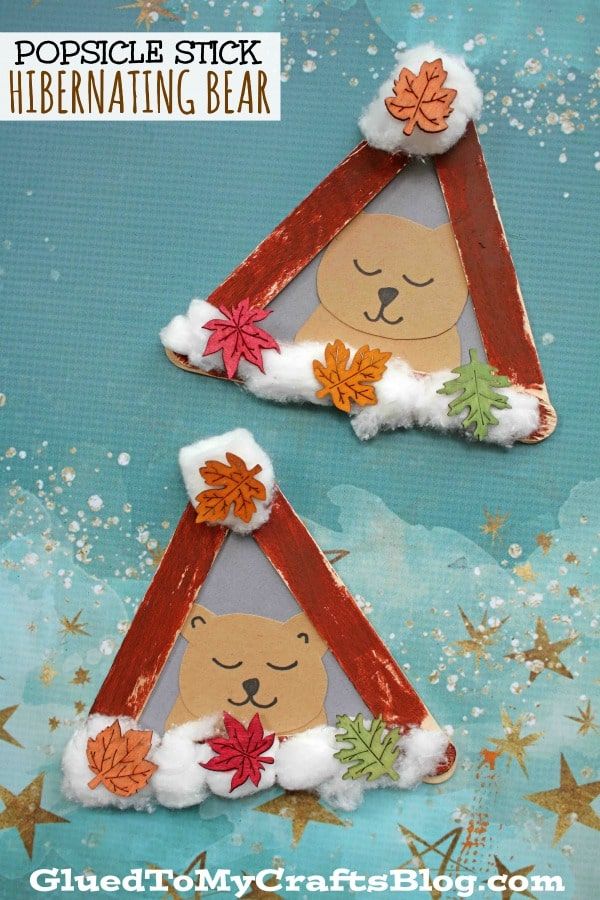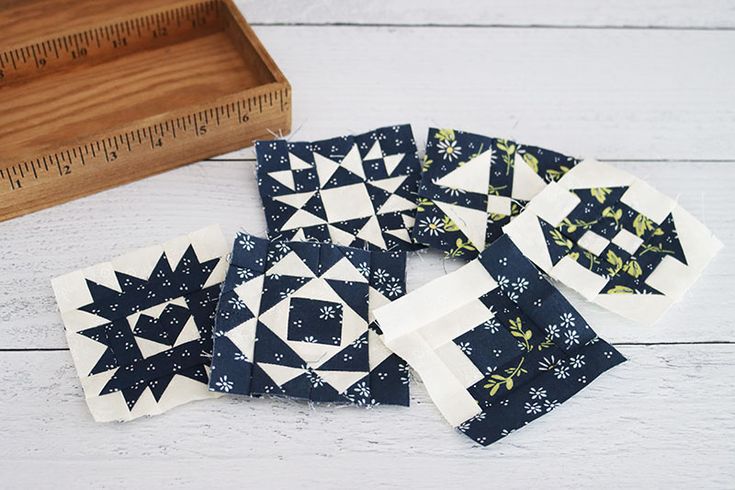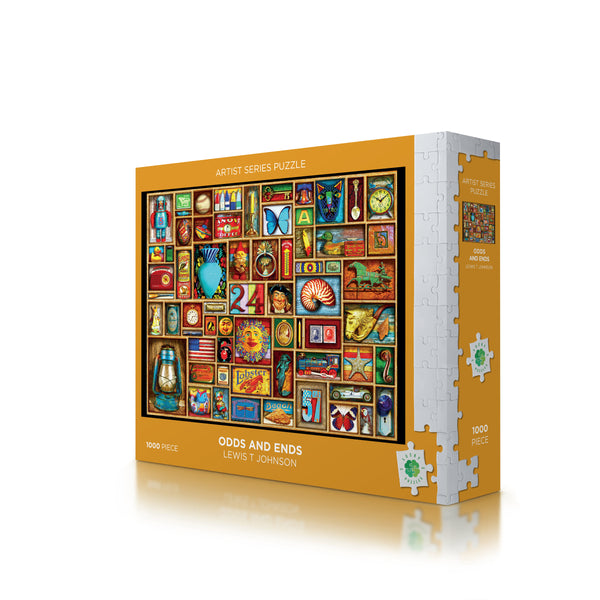
Felix Ure designed Titan, a difficult take-apart puzzle. This take-apart puzzle is difficult, and it requires a strategy to defeat the mechanism. This puzzle, which measures 2 inches in diameter, weighs approximately 515g and is made out of solid brass. It is unfinished, and will darken over time. You can see it in a video review from Mr. Puzzle, though be warned that it contains spoilers.
Titan is a dwarf form of a planet that is gas.
Titan is the 2nd largest moon in solar system. It is larger than Mercury's moon Ganymede and Jupiter’s moon Ganymede. Its atmosphere is composed mainly of nitrogen, but it contains a significant portion of methane. Its atmosphere is also filled with clouds and rain. The seas of the planet are full of liquid hydrocarbons. It is one the few solar system objects that has liquid on its exterior. It has no mountains or craters, and its surface is generally flat.
Although there are approximately 150 dwarf planets known, most people don't know about them. You can learn the names and locations of space objects, much like you could memorize the names for dinosaurs or Pokemon. This will allow you to revisit space objects that appeal to you. Asteroids are rocks that orbit the sun. Asteroids orbit the region between Mars, Jupiter, and is called the asteroid band.

It boasts a large quantity of liquid hydrocarbons
Saturn's moon Titan is home to liquid hydrocarbon seas and lakes, and its atmosphere is so dense it can raise 300-foot-tall dunes near its equator. However, Titan's oceans still haven’t seen waves in the past seven years since the Cassini–Huygens mission. A team of international scientists recently offered an explanation for Titan's calm waters.
Titan's liquid is composed mainly of methane but also contains nitrogen. The two gases combine to form a thick orange haze that telescopes and spacecraft can see. These heavy carbon rich compounds settle to Titan’s surface and play the role as "sand” in its vast dunes fields. The gases condense into storms, which cover the surface of the moon.
It features a large, flat circular feature.
Titan's surface contains many puzzles. One of these is the mysterious large circular feature. The RADAR instrument spotted this feature, and it produced a composite picture with narrow bright lines extending along the edges. Scientists believe the lines are pressure-formed, ice ridges and cracks. Titan's surface is too thickly covered in ice to allow it crack. This suggests that Titan may have a thin hydrocarbon layer underneath its icy surface.
Scientists have also found no clear evidence of impact craters on Titan. Although circular features may indicate craters, they are often buried in organic matter. Researchers have also found bright lobes-shaped features on Titan similar to volcano outflows on Earth and Venus. These could be water flows from Titan's water ice crust. These flows could contain ammonia, which would lower Titan's melting point.

It contains a unique hydrocarbon liquid
One of the mysteries surrounding the moon Titan is the hydrocarbon liquid that is found on its surface. It is not water, but rather a mixture of methane and ethane, hydrocarbons that have low boiling points, which can withstand the frigid temperatures at Titan. Researchers estimate that Titan's Polar Regions contain up to 650 hydrocarbon lakes.
Numerous new questions were raised after the discovery of Titan’s hydrocarbon lakes. The first is why Titan has a unique hydrocarbon liquid. The second is how it formed. Scientists suspect that Titan's hydrogen lakes formed in volcanic eruption craters. However, the hydrocarbons may have been formed from organic compounds dissolving in the bedrock if the water isn't frozen.
It also has other puzzles
If you love the popular game Titan, you'll love these Attack On Titan puzzles. These puzzles consist of photo puzzles which you must assemble piece by part. Although you are limited to a certain number of pieces, you can adjust their sizes to meet your needs. You can choose smaller pieces to make a smaller puzzle; or you can choose larger pieces to make a larger one.
FAQ
What are your competitive hobbies?
Swimming, running, cycling, golfing and tennis are some of the competitive sports.
They're a great way to get social interaction and are enjoyed by those who love physical activity.
If your hobby involves physical activity, you will likely find other people who share it.
This could include joining a club/group that allows you to play sports together regularly.
You might also choose to participate in team games involving playing alongside others.
These include: football (soccer), soccer, cricket, netball.
There are many types of competition.
Some competitions may be held for pure recreational purposes.
Others are meant to test competitors' skills.
Some are even designed to reward outstanding performance.
In these cases, the winners receive prizes.
Other competitions are intended to test strength and stamina.
These are known endurance events.
For example, marathon races, triathlons, Ironman Triathlon, etc.
Before participating in these events, athletes often train hard.
They will adhere to a strict training program that prepares them mentally as well as physically.
They might also need to be away from their homes during preparation.
It's important to remember that not all athletes compete in every type of event.
What are observation hobbies exactly?
Observation hobbies allow you to observe others doing the same thing. These hobbies could include reading books, watching sports, or going on vacation. It could also include observing others.
Because they teach you how to think creatively, observation hobbies are great. You can apply this knowledge later on when you work with others.
If you are passionate about something, you will find it easier to learn about it.
You might watch or read about football to learn more. You could visit or take part in exhibitions if you are interested in learning more about photography.
You could also buy a guitar or play along online to music if you are a musician.
If you like cooking, you could cook your own meals or visit restaurants.
If gardening interests you, you could plant vegetables or flowers.
If you like dancing, you could join a dance class or go out with friends.
If you love painting, you can paint pictures.
If you like writing, you could write stories or poems.
Drawing pictures is a great hobby.
If you love animals, you could look after pets or work at a zoo.
If science is your passion, you might choose to study biology or chemistry.
If you like history, you could read books, watch films or listen to podcasts.
If you enjoy traveling, you can travel around the world or just explore your own area.
What are good hobby ideas?
Doing something you enjoy is the best hobby. It will be easier to continue doing what you love if you are passionate about your work. This will give you a reason for not feeling well, or tired.
Hobbies that we all know and love include gardening, painting and crafts, photography, cooking, sports and games, reading, music, film-making, collecting, cycling, walking, dancing, writing, playing instruments, etc.
Volunteering could be a great option.
Let's say you are looking for something more exciting. Try scuba diving, rock climbing or parasailing.
You can spend your time outdoors in many different ways, including spelunking, snowshoe hiking, snowshoe hiking and more. These include caving.
Statistics
- The Role of the Mind in Sex, Dating, and Love: Men in the “humor” condition received phone numbers from 42.9% of the female participants and were refused 57.1% of the time. (time.com)
- A new survey by Pew Research Center of teens ages 13 to 17 finds that 36% of girls feel tense or nervous about their day every day; 23% of boys say the same. (pewresearch.org)
- Studies show that just six minutes of reading can reduce stress levels by 60 percent. (oberlo.com)
- I am 100% biologically a woman (discover.hubpages.com)
- Much of this decline reflects the fact that teens are less likely to work today than in the past; among employed teens, the amount of time spent working is not much different now than it was around 2005. (pewresearch.org)
External Links
How To
How to learn how to play a musical instrument
There are many different ways to learn how music is played. There are many options. You can go to school, purchase a book, learn from an instructor, or watch videos online. These are just a few tips and tricks to help you get started if you're determined to make your own path.
-
Find something that interests or appeals to you. If you don’t enjoy any of the instruments that you see, you might consider trying another one. It is difficult to enjoy an instrument if it is not something you are interested in.
-
Be patient. It takes time to learn anything new. Do not expect to be able to master every aspect of the subject immediately. Instead, you should continue practicing every day.
-
Practice regularly. Do this even when you feel tired. This will ensure that your memory doesn't fade.
-
Make sure you choose a safe place to practice. You want to be in a place where you are not disturbed by others. Make sure there aren't distractions. It is best to avoid listening to loud music nearby.
-
Have fun. Music is meant to be enjoyed. Make sure you have fun while practicing. Enjoying yourself will motivate you to continue going at it.
-
Set goals. If you set goals, then you will know exactly how you want to get there. You will never be ashamed to fail.
-
Keep track and keep track of your progress. Write down all of your accomplishments and failures. It will help you become a better person over time.
-
Take breaks. Sometimes it is enough to just stop and think. Taking breaks will give you time to think about things.
-
Ask questions. Ask other people if you have any doubts or confusion regarding certain aspects of the instrument. They may be in a position to assist.
-
Learn by listening. Many musicians learn by listening to the songs they love and then imitate them. This allows them to understand the basic ideas behind the song.
-
Read books. Reading books will teach you more than watching videos or taking classes. Books can also provide information that is not available elsewhere.
-
Join a group. You'll be more motivated to practice when you are playing with others. Plus, you'll meet people with the same interests as you.
-
Watch tutorials. Tutorials are short videos that explain various topics in great detail. These videos usually focus on one specific aspect of the instrument. Watching tutorials can help you understand difficult parts of the instrument.
-
Try different methods. Some people learn best by reading, while others prefer lectures. Keep trying until you find your preferred method.
-
Practice makes perfect. You don't become an expert overnight. Instead, it takes time and effort to become proficient enough for you to succeed.
-
You can learn from other musicians. Listening to others play your favorite songs can help speed up learning.